One of the crucial choices you’ll make during a kitchen remodel is which type of faucet to select. There are two main types: pull-down and pull-out. We will explore the advantages and disadvantages of each option in this article. By the end of this, you’ll know everything you need to in order to decide what kind of faucet is best for your needs.
What makes the ideal kitchen faucet?
When shopping for a kitchen faucet, there are many factors to consider. Flow rate, spout height and reach, finish options, installation type, water usage regulations, and more. But when it comes to deciding between a pull-down or pull-out model, the decision can be difficult.
Pull-down models usually feature an arching neck that reaches up and over into the sink basin. This allows you to access hard-to-reach areas with ease. The spray head also often has multiple settings such as stream, mist, or pause functions. Pull-outs have a more linear design with a hose attached at one end that easily maneuvers in all directions, making it perfect for rinsing dishes and filling pots quickly.
Pull-Out vs. Pull-Down Kitchen Faucets: Which One Is Better For You?
From spraying a light mist for delicate vegetables to creating a powerful spray to quickly clean off the dirtiest dishes, faucets are one of the most used tools in your kitchen. But deciding which type is best for you can be a tricky task.
Let’s start by looking at the main difference between Pull-Out and Pull-Down Kitchen Faucets: their designs. A Pull-Out Faucet has a single handle with a retractable hose. The average length for most hoses is 18”, but some may be more or less depending on the design. Pull-Down Faucets have a dual-handle design, and the spray head is attached to a flexible hose that extends down from the spout. Although both types of faucets provide swivel movement for directional versatility, Pull-Downs usually offer a more extensive reach.
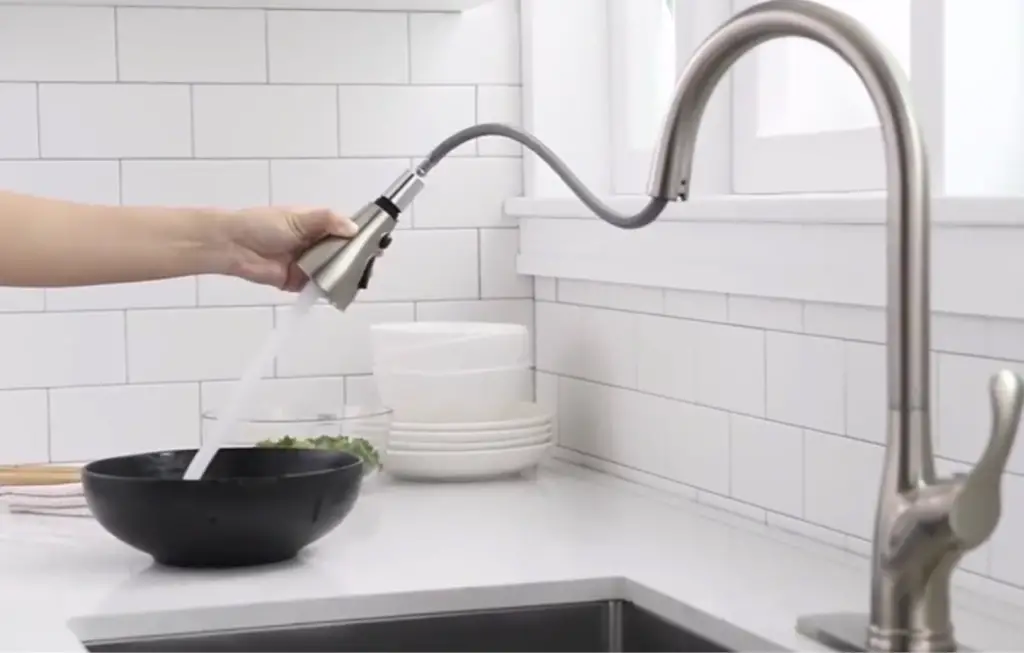
Now let’s talk about water pressure. Most Pull-Out Faucets use single-hole mounting and require low water pressure to operate optimally – think 1 – 2 GPM (Gallons Per Minute). However, some newer models provide higher pressures than this. On the other hand, Pull-Downs usually require water pressure up to 3 GPM and the dual handle design allows you to adjust the hot and cold temperatures separately.
In terms of looks, both types of faucets come in a variety of styles and finishes to match any kitchen decor. Pull-Out Faucets are often seen as the more modern choice, while Pull-Downs tend to be favored for their traditional look. So if you’re looking for something sleek and contemporary or classic and timeless, you’ll have no trouble finding something that fits your style! [1]
Similarities and Differences
Pull-Out Kitchen Faucets:
- Single handle mounted on the side or top of a spout;
- The retractable hose extends up to 18”;
- Great for filling buckets and tall pots;
- Low water pressure, usually 1 – 2 GPM;
- Sleek, modern design;
Pull-Down Kitchen Faucets:
- Dual handles for hot and cold temperatures;
- Flexible spray head with multiple settings;
- Higher water pressures, up to 3 GPM;
- Classic look;
Similarities: both offer swivel action for directional flexibility. Both come in a variety of styles and finishes. Both offer reliable performance, convenience, and flexibility.
Pull-down faucets: Pros and cons
Anyway, there are some drawbacks. For example, they require more counter space due to their extra height and width compared to their pull-out counterparts. Additionally, some people find the extra weight of the spray head difficult to manage, and it can be harder to clean around them. Finally, these faucets are generally more expensive.
Pull-out faucets: Pros and cons
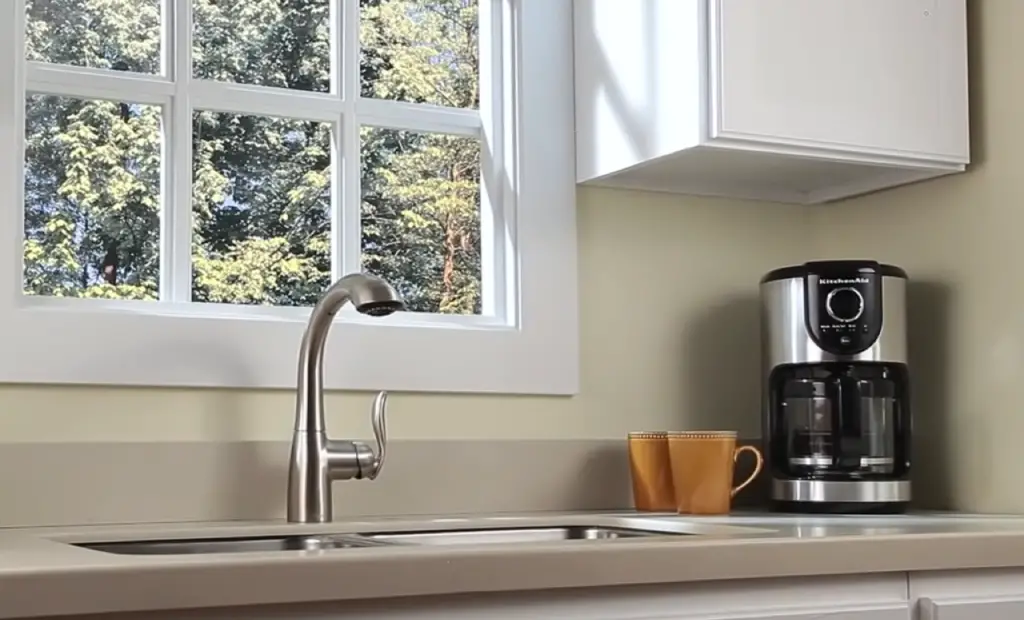
However, there are also some drawbacks. For one, they don’t reach as far out into the sink as pull-down models, making it harder to clean large items. They also tend to be less powerful, which can be a problem when trying to get rid of stubborn messes. Finally, these faucets are usually more affordable than their pull-down counterparts, but they may lack some of the advanced features that make pull-downs so popular. [2]
Tips for Picking
When choosing between Pull-Down and Pull-Out kitchen faucets, there are a few important things to consider:
- First, you should think about the size of your sink. If you have a smaller sink, a Pull-Down faucet may be more suitable as it takes up less space. On the other hand, if you have a larger sink, then the added reach of a Pull-Out faucet may be beneficial;
- You’ll also want to think about how often you use your faucet for large items or for filling pots or buckets. A longer hose and spray head on the Pull-Out model can make these tasks easier than with the shorter hose and spray head of a Pull-Down;
- Finally, consider the type and amount of water pressure your faucet requires to operate properly. If you don’t have high water pressure, then a Pull-Out model with a more powerful spray may be preferable over a Pull-Down;
By carefully considering these factors, you can make an informed decision that will best suit your needs and preferences. Ultimately, either option is suitable for most kitchen settings and can provide reliable performance for years to come. With this knowledge in hand, you’re ready to choose which style of kitchen faucet is right for you!
FAQ
What is the difference between a pulldown and a pullout faucet?
The main difference between a pulldown and a pullout faucet is in their spouts. A pull-down faucet has a long, arched neck that swivels out of the way when not in use. The water flow then comes straight down from the spout. This faucet has a shorter, more direct spout that can be pulled away from the sink to allow you to spray water directly into it. [3]
What faucets do plumbers recommend?
Most professional plumbers recommend installing a pull-down faucet. The reasoning is uncomplicated: they are tougher and easier to fix. Pull-down models also provide better water pressure and can last significantly longer with proper maintenance.
The design of these faucets allows for the hose to be tucked away neatly in the body of the faucet, making them less likely to get damaged or tangled up during everyday use. Plus, pull-downs come equipped with an easy-to-access aerator which helps keep your sink free from debris and ensures that you have a steady stream of clean water flowing through your kitchen fixtures.
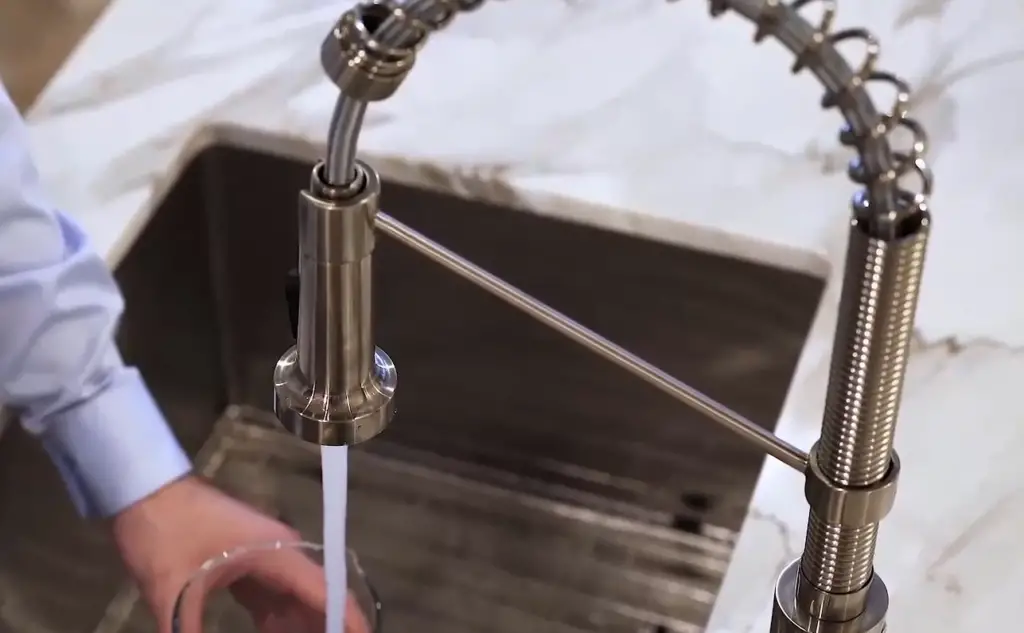
Overall, pull-down faucets are a great choice if you’re looking for a reliable and durable option that will last for many years with proper care. They may cost a bit more than their pull-out counterparts but it’s well worth the investment in the long run. So, when asked which type of kitchen faucet is best, most plumbers agree that pull-down models offer the most benefits. Plus, they look great too!
Is the pull-down faucet worth it?
If you’re looking to upgrade your kitchen faucet, it’s worth considering the pull-down. This type of faucet offers plenty of convenience and functionality that can improve your cooking experience. You don’t need to twist and turn knobs every time you want to adjust the water flow or temperature. Instead, a single handle is used to control both features with just a few simple motions. Plus, they typically have longer reach than standard faucets so they are ideal for filling up large pots or cleaning extra-long countertops.
Perhaps most importantly, they come with sprayer nozzles that make it easier to quickly rinse off dishes or clean countertops without having to lug a heavy bucket full of water. All things considered, pull-down faucets may be worth the investment if you’re looking to upgrade your kitchen with modern convenience.
Are pull-down kitchen faucets reliable?
Yes, pull-down faucets are reliable. Most modern pull-down models are made with durable materials that allow them to withstand long-term use without breaking down. Additionally, many of them come with a lifetime warranty, so you can rest assured that your purchase is protected if anything does happen to go wrong. However, you should always check the manufacturer’s instructions for proper installation and care in order to get the most out of your faucet and ensure its longevity.
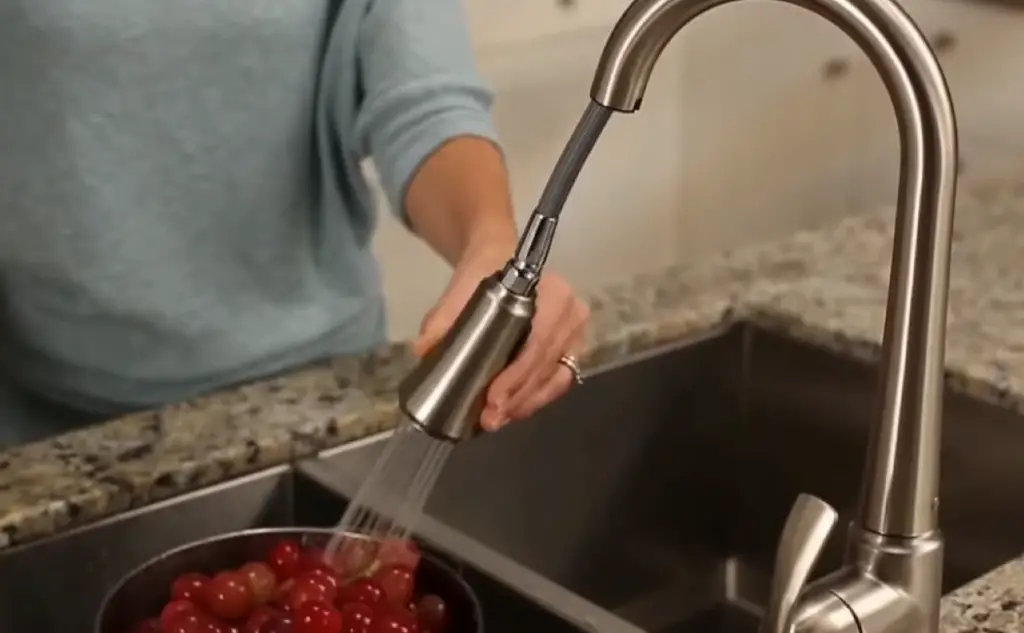
The main advantage of these faucets is their convenience. Their spray heads extend down over the sink basin, allowing for easy access and flexibility when rinsing dishes or filling large pots. Additionally, the pull-down feature makes it much easier to clean around the sink and counters. And, because they’re mounted directly onto the wall or counter, they can be more compact than other types of faucet designs. Finally, many models come with a range of temperature settings and spray patterns that you can choose from in order to customize your experience. [4]
In short, these faucets are reliable, and convenient, and offer a variety of features that make them an excellent choice for any kitchen. Whether you’re looking for basic functionality or all the bells and whistles, there’s sure to be a model out there that meets your needs.
Useful Video: 7 Best Pull Down Kitchen Faucets to Buy in 2022
Conclusion
There is no clear winner between a Pull-Down or Pull-Out Kitchen Faucet — the choice is yours. It all depends on your personal preference and how you intend to use it. If you prefer maximum flexibility and coverage for larger pots, pans, and dishes, then the pull-out might be the ideal choice for you. On the other hand, if you need more power and a finer spray pattern for smaller tasks like rinsing vegetables or filling cups, then a Pull-Down faucet can easily give you what you need. Whichever type of kitchen faucet you decide on, just make sure that it fits into your lifestyle as well as your budget. With just a little bit of research, you can make sure that your faucet will give you years of trouble-free service.
References:
- https://www.kraususa.com/blog/7-things-to-consider-when-selecting-a-new-kitchen-faucet.html
- https://wholesalesupply.us/pull-out-vs-pull-down-kitchen-faucets/
- https://www.handymanhome.com/how-to-choose-a-pull-down-or-pull-out-kitchen-faucet/
- https://heilplumbingdmv.com/blog/faucet/best-faucet-brands










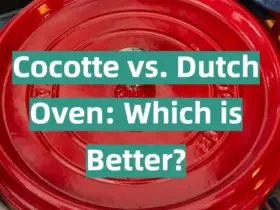
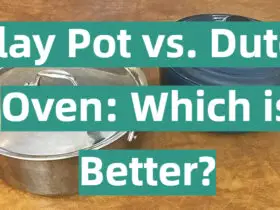

Leave a Reply